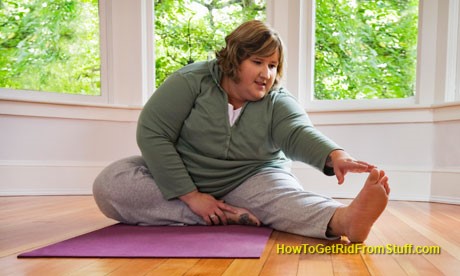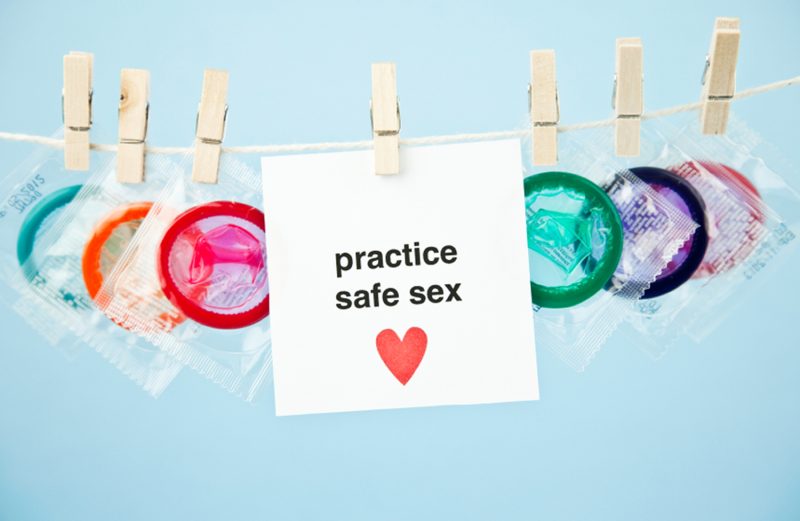Candida Albicans is a harmless yeast, a type of fungus, that lives naturally in the human body (called commensal organism): males, female and child alike.
It is virtually present right from birth, in a symbiotically balanced environment in the gastro-intestinal system, mucous membranes and on skin.
Candida is an opportunistic pathogen, meaning when a person is weak and debilitated, Candida will take immediate advantage and over grow.
Candida overgrowth and its toxins produced, called mycotoxins, can attack any organ or system in your body. This attack is relentless and goes on, until treated.
If this overgrowth is not arrested, the roots of this fungus can burrow in the intestine, causing pores in the wall of the gut (called Leaky Gut) which can then allow this fungus and its toxins to enter the bloodstream and cause a myriad of symptoms.

Share this Infograph (click here)
Who Gets Candidal Infection?
Candida, being an opportunistic pathogen, which multiplies causing an infection only when the immunity of a person is compromised. It otherwise lives in a symbiotic relationship with the person, neither benefiting nor harming the host.
The incidence of Candida is common among;
Most of these infections are localized to a specific organ or region. However, many medical conditions can also increase the risk of candidiasis, in which this organism and its toxins can travel in the bloodstream and spread to other organ systems as well, due to the lowered immunity of a person.
Medical Conditions Causing Candidiasis
Medical Conditions that can lead to a Candidal Infection are as follows:
1
Diabetes Mellitus
Recurring infections occur in spite of the proper treatment of diabetes. The high levels of glucose in the body lead to the spread of infection to other parts of the body through the blood stream.
2
Obesity

The fat which is present within the skin folds provides a suitable environment promoting the growth of this fungus.
3
Intravenous Drug Abuse
Frequent and unhygienic insertions of drugs via I.V. route can introduce Candida in the blood stream. Moreover, IV lines that are kept for long periods of time can also lead to Candidal infections.
4
Catheters
Long dwelling catheters in hospitalized patients.
5
Use of Broad Spectrum Antibiotics
This kills the other organisms that compete with Candida for growth, allowing the overgrowth of this organism.
6
Severe Burns Patients
Severe burns remove normal layers of skin, leaving the body to added infections like Candidiasis.
7
Neonates
Infants less than 7 days old.
8
AIDS
Since AIDS causes a drastic reduction in the immunity of a patient, it can lead to over-growth of Candida.
9
Stress and Poor Nutrition
Both these cause the suppression of a persons immunity, making the body vulnerable to Candidal infections.
10
Reduced Neutrophil Counts
A type of white blood cell, associated with immunity of the body)
- 1Cancer of blood cells eg. Lymphoma
- 2Patients on a prolonged steroid therapy (excess cortisol in the system increases sugar in the blood)
Candidiasis Symptoms
The symptoms of Candidiasis can be classified as Localized or Systemic:
1
Localized Symptoms
2
Generalized or Systemic Symptoms
Candidiasis Prevention
Now that we know the symptoms of Candidal infection. We'll look at some of the preventive measures to get rid of it.
1
Dietary Changes

Make a habit of having a healthy balanced diet
Many foods increases our vulnerability to Candidiasis. If you are infection free and prone to recurrent candidal infections, it is best to maintain a healthy diet and consume the following food items in moderation/ with caution:
Avoid Foods high in sugar content
Yeast feeds primarily on sugar. Hence, it is best to avoid foods rich in refined sugar ad carbohydrates like cakes, chocolates, honey, soft-drinks, biscuits, syrups, molasses etc. Even artificial sweeteners must be avoided.
Avoid Fermented Food
Food items fermented with yeast must be avoided. For example, beer, cider, wine, pickles etc. Even alcohols eventually convert to sugars in the bloodstream and must be avoided to prevent the growth of Candida.
Avoid Nuts
Nuts are moldy and must be avoided if you are suffering or prone to candidiasis.
Avoid Hot beverages
Beverages like tea, coffee, or any malted drinks must be avoided.
Avoid Processed Food
Refined and processed foods like breads, white pasta, white rice, corn-flakes etc must be avoided.
Instead of succumbing to foods with high sugar content, try having more products made with whole wheat, such as wheat bread, wheat pasta.
Avoid Constipation
A daily bowel movement is extremely essential. Regular uptake of food items rich in fibre like flax seeds is necessary to avoid constipation.
Increase Probiotic Intake
Increase uptake of probiotics such as yogurt which is rich in Lactobacilli content - a normally occurring bacteria in the digestive system which counters the growth of Candida.
Take Garlic
Garlic is also known to have Anti-fungal properties.
Drink Plenty of Water
Also, keep your body hydrated by drinking 5-6 liters of water everyday. Regular consumption of green teas and fruits rich in antioxidants like berries is a must.
2
Exercise

A sedentary lifestyle contributes to the development of fungal infections, particularly in women and chronically bed-ridden patients. Exercising regularly causes sweat which is an effective way of removing toxins from your body.
Also, performing breathing exercises will help your body get rid of toxins harmful to your body.
Seventy-five percent of the toxins are released during respiration. Perform breathing exercises several times a day, concentrating primarily on your belly.
3
Maintaining Proper Sanitation
Personal hygiene must not be overlooked to prevent infections.
4
Practicing Safe Sex

Image Credits: TheOdysseyOnline.com
Candidiasis is contagious and can be spread through infected sexual partners.
5
Avoid Over Use of Medications
Indiscriminate use of antibiotics leads to the development of bacterial resistance to those antibiotics, requiring a stronger dose to combat the infections.
Frequent use of antibiotics kills organisms that compete with the growth of Candida, leading to its over-growth. Avoid taking medication such as;
6
Stress Management
Stress can increases your chances of developing a yeast infection, so reduce your stress levels by getting enough sleep and indulge in activities like yoga, meditation and deep breathing.
Conclusion
Candida is a devastating illness which can be easily prevented by maintaining a healthy lifestyle, eating right, maintaining proper sanitation and leading a stress - free life.
Hence, adjust your daily diet to control candida growth, supplement your meals with nourishing vitamins, minerals and anti-oxidants and boost your immune system with regular exercise routines, to help resist candidiasis and many other infections.

2 thoughts on “Candidal Infection – Causes, Symptoms and Preventive Measures”